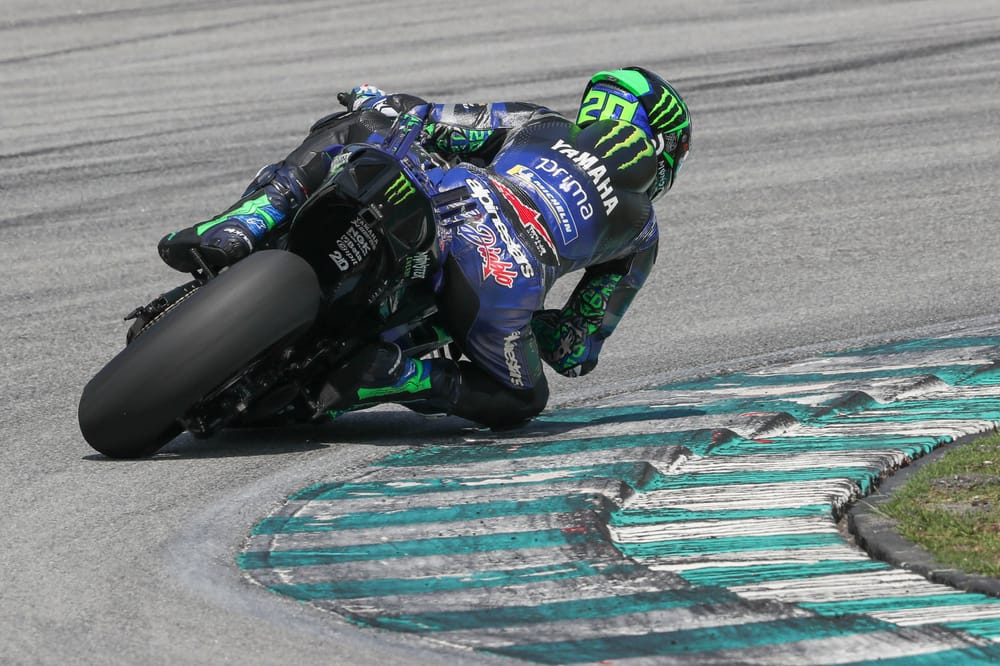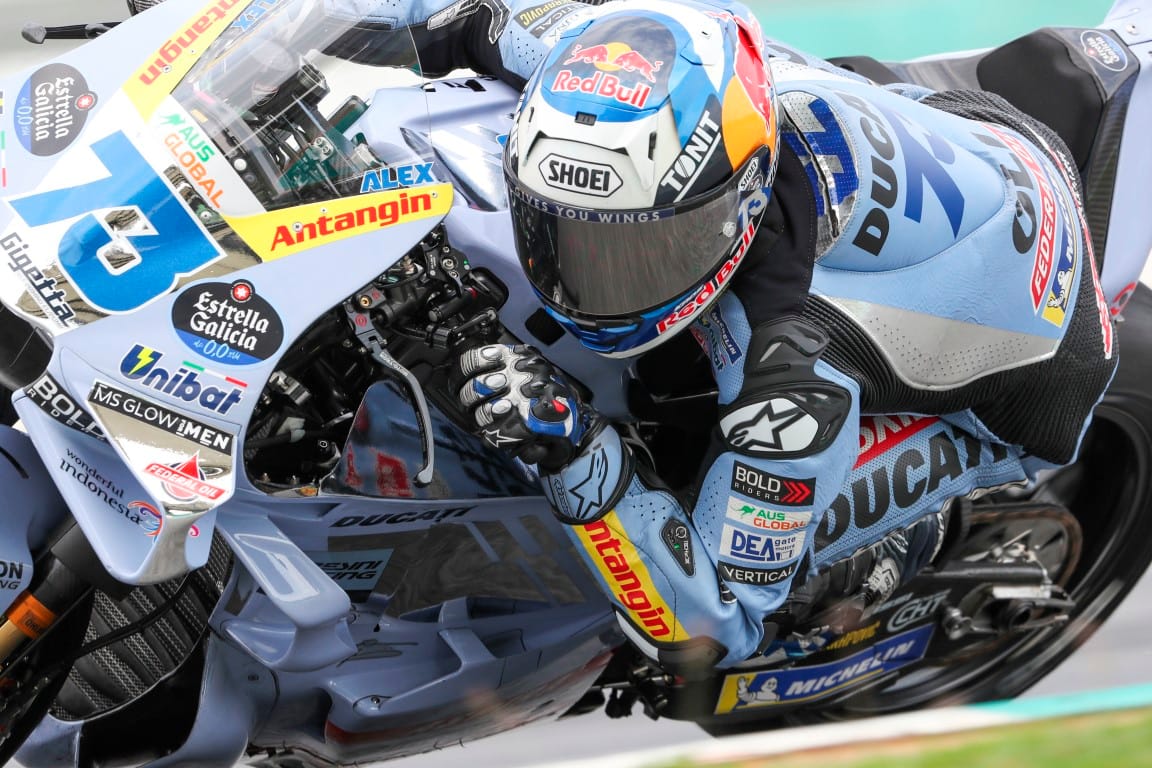MotoGP's opening test of 2025 at Sepang offered only a semblance of a competitive picture - but the upcoming two days at Thailand Grand Prix venue Buriram is bound to provide more clarity.
That in itself is obvious - given the season opener takes place at the same track at the end of the month, many teams will use the test as almost an extension of the race weekend, so will do genuine performance running.
But beyond that, there are specific questions nicely set up by Sepang that Buriram, a very different track, should already answer even before the start of the campaign in earnest.
What can Yamaha really aim for?
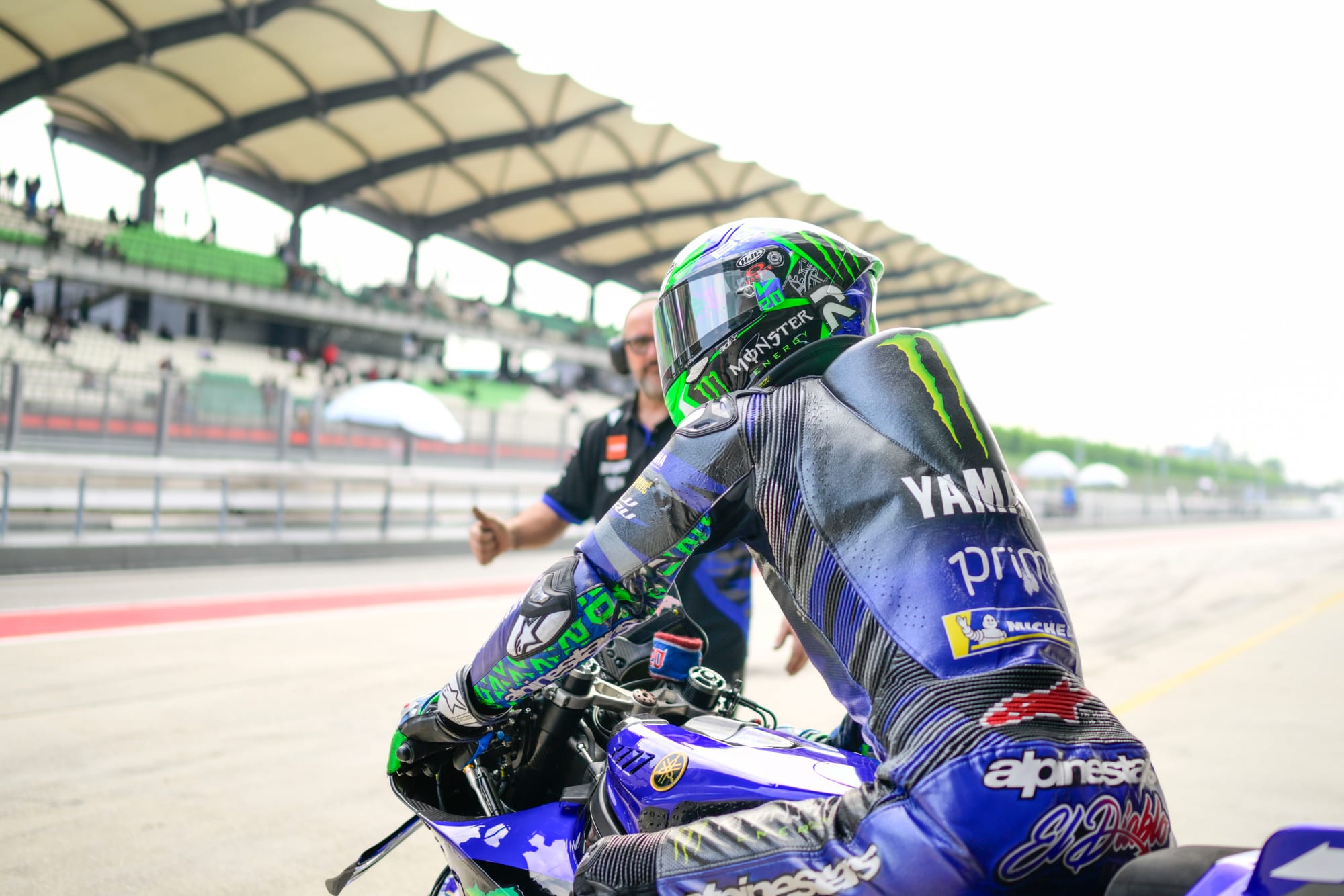
Yamaha's progress shown at Sepang is pretty clearly no mirage. The M1's single-lap pace in Fabio Quartararo's hands at Sepang is a crucial bellwether - because for two years before that, it was puzzling qualifying underperformance more than anything that kept Yamaha from performing at least respectably.
So, welcome back to respectability - but what else is on offer? That's the question MotoGP should get a valid answer to in the two days at Buriram.
Quartararo was clearly happy all through the Sepang test, but he and Yamaha wouldn't dare believe that the M1's gains are as significant as they sometimes looked in Malaysia. The track was "really grippy" by the end, black with all the rubber put down, so that masked Yamaha's low-grip weaknesses.
It didn't make the laptime "fake", Quartararo said, but it did mean that performance under lower-grip conditions is more real. Buriram will provide that, as well as a layout that should punish Yamaha's assumed lingering deficiencies punching out of low-speed corners.
Quartararo insisted the gap to the front was still "pretty big". Buriram will probably reinforce that assumption - but it will also tell Yamaha whether it can really target the likes of Aprilia and KTM already.
Is Ducati committing to an older-spec engine?
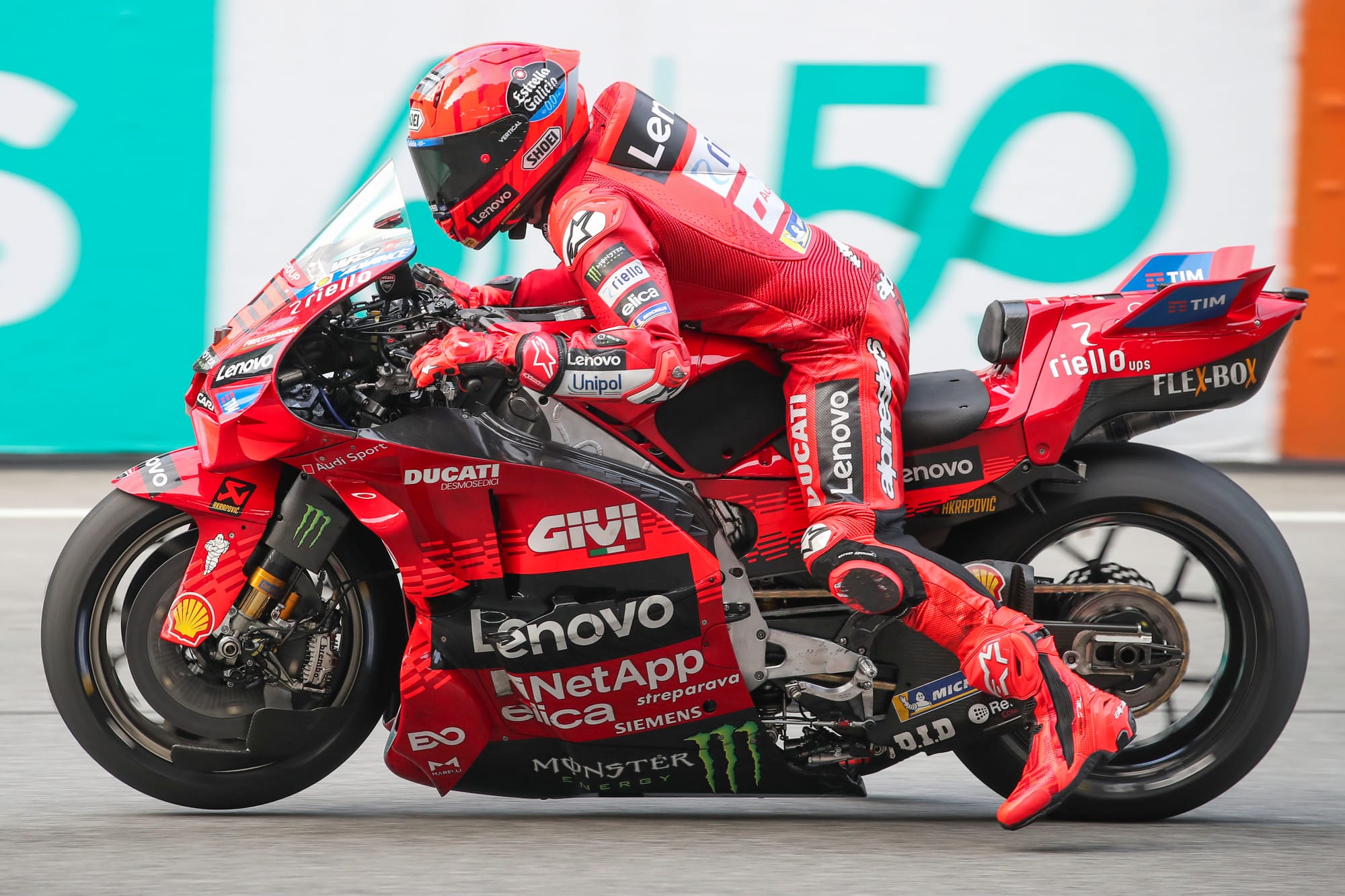
Ducati ended the Sepang test publicly insisting it had a big choice to make between the smoother '25 prototype engine and the battle-proven '24 unit with better braking performance.
But it's been reported by Spanish Motorsport.com that the choice is all but made in favour of the older engine - and certainly the way both Marc Marquez and team manager Davide Tardozzi spoke at Sepang had suggested that already.
Marquez indicated he had a preference and repeatedly preached "conservatism", and Tardozzi said: "At this moment the balance is more towards the '24 than the '25".
But "the last decision", Tardozzi claimed, would only come at Buriram. If so, it would surely come in the very first runs of the two-day test.
In the meantime, there will be other aspects to be sorted, like aero - which also seems not totally decided between the '25 and the '24 configuration (or, as Pecco Bagnaia suggested, some hybrid of the two).
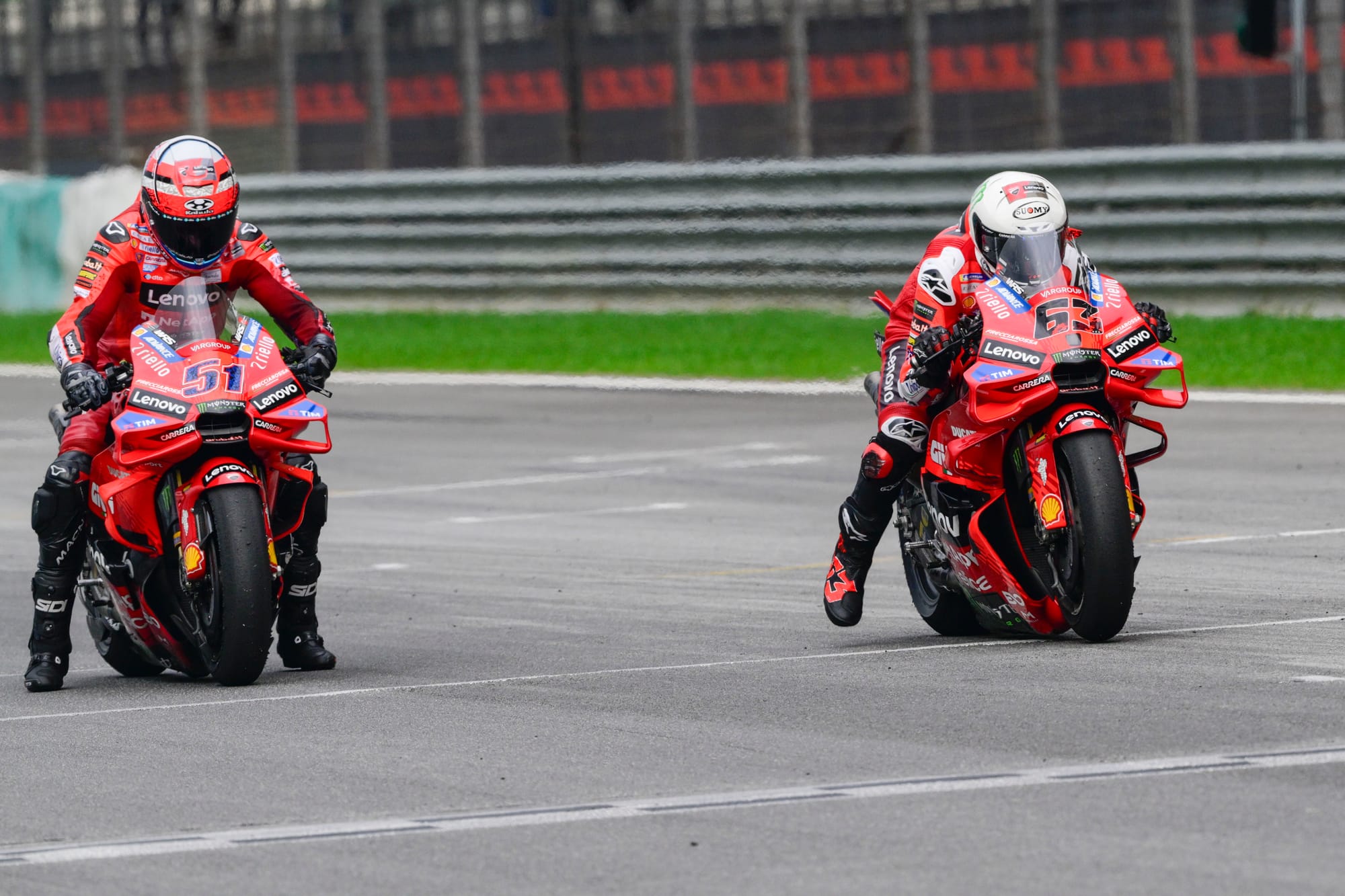
These are the two aspects of the bike covered by homologation so the decisions taken now will go a long way towards informing the competitive profile of the factory Ducatis' this year. Whatever they choose they will obviously be strong - but if the works bikes are more '24 than '25, it will have a knock-on effect on the balance of power between Marquez/Bagnaia and the satellite riders on hand-me-down Ducati GP24s.
What KTM's real level?
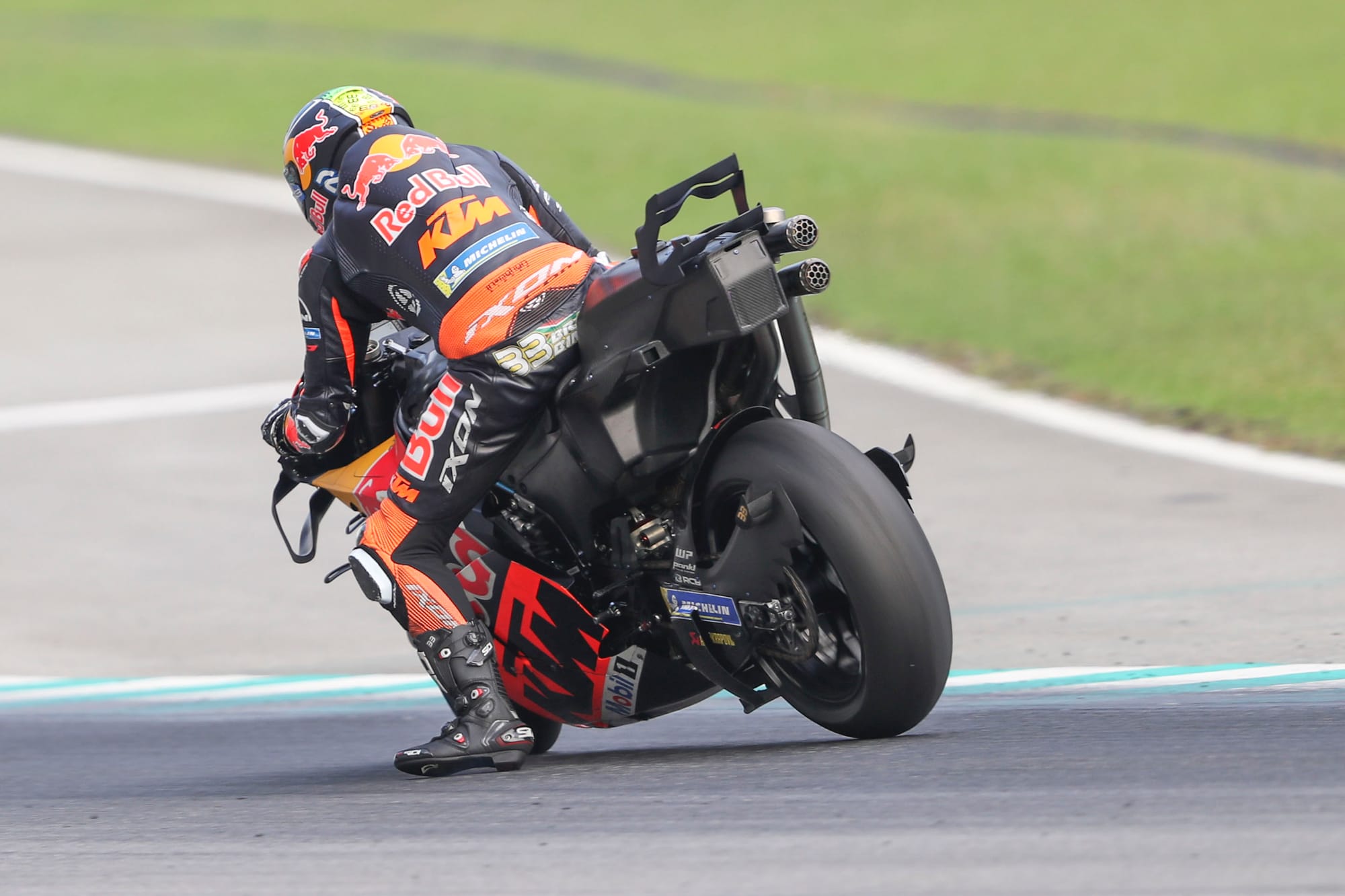
It's KTM we're talking about here - so there's still every chance of a bit of smoke-and-mirrors in terms of performance, and it will only really puts its cards on the table in the actual season opener.
The expectation is, however, that after three days of working through a big checklist of parts at Sepang KTM will finally get some performance running in over these two days.
As Brad Binder put it: "The way I'd like to do it, in an ideal world - which doesn't always happen in testing - would be, we can play [with some components] on day one but I think day two it's important to really choose everything and go from there."
None of the KTMs showed much in terms of laptime at Sepang, but both Binder and Acosta sounded confident they would be in a good place come race weekend.
There's also a bit of tech intrigue over whether KTM will push on with the bulkier seat unit it put through its paces at Sepang - a seat unit that may or may not feature a rear damper. Honda had brought something similar, but whereas its riders seemed to indicate it wasn't ready for actual race weekend use, KTM appeared more advanced in that area.
So, it's a big two days - though we also must admit neither day is the biggest of the month for KTM. After all, the debt-riddled manufacturer still awaits a creditor vote on February 25 that determines whether its current restructuring plan is given the green light and its existence as a company, including its MotoGP programme, can carry on under a semblance of normality.
How ready is Aldeguer?
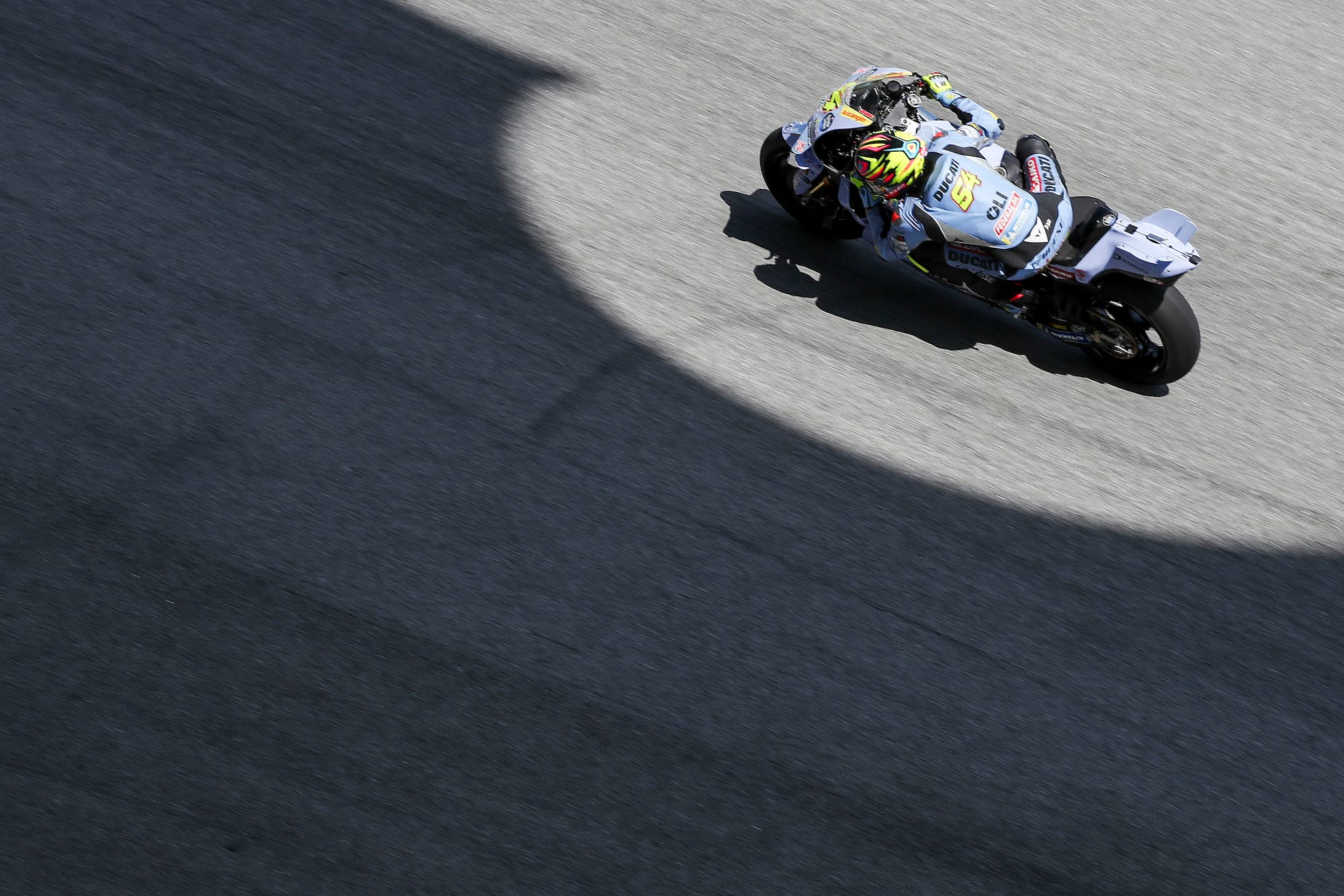
Though he ended up low-ish in the final classification - no big shock as those last handful of tenths in time attack are often the hardest part of the package for a MotoGP rookie to unlock - Gresini rookie Fermin Aldeguer was one of the standouts of the Sepang test.
His laptime progression through the days compared reasonably to that of 2024 rookie extraordinaire Pedro Acosta, albeit admittedly on a much better - and likely much friendlier - bike than Acosta's. And his sprint race simulation was solid, with the added caveat that, according to Aldeguer, his big task now is figuring out how to actually use more of the tyre instead of conserving it so much.
The crucial difference is that at Buriram, unlike Sepang, Aldeguer will have to continue his work without the benefit of a three-day shakedown before the test.
Acosta last year showed very quickly that those extra days of shakedown running didn't actually flatter his true performance level in any way. The big question is whether Aldeguer can do to the same - or whether he'll find it harder getting out of the blocks on a 'new' track.
There's every indication Ducati is already happy with him and the bet it's made regardless, but that speed of adaptation will determine whether he'll have to settle into that initial also-ran role for a few rounds or start making a genuine impact on MotoGP classifications right away.
Can Fernandez salvage the start of his season?
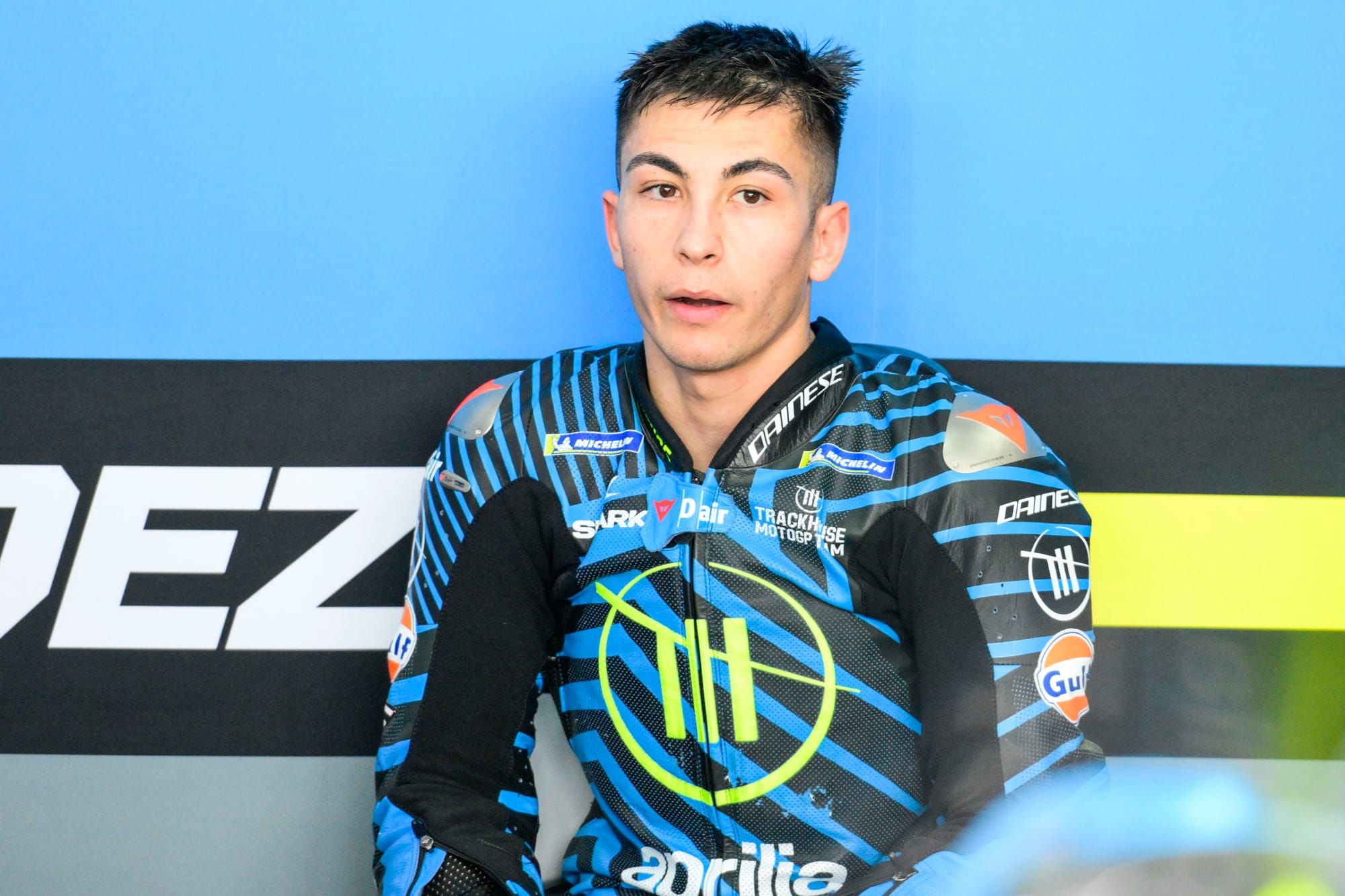
Both Jorge Martin and Fabio Di Giannantonio will go into the 2025 campaign almost 'blind' by virtue of skipping the rest of pre-season testing - but, remarkably, Raul Fernandez is at Buriram and feeling fit to ride.
That really wasn't supposed to be the case when he fractured his hand early on in the Sepang test, and another compromised start to his season - after the same thing already happened last year - was being taken for granted. Trackhouse team boss Davide Brivio defended Fernandez, arguing the crash was not egregious nor easily avoidable, but also admitted to The Race: "You have to manage now - and then when he'll come back we'll start working, and then it'll probably take the first few races, we'll take the first races as development or as [finalising the bike] setting, but okay, it is what it is."
But Fernandez's arrival at Buriram, which he said was "lucky" but also credited the swift work of MotoGP riders' favoured surgeon Dr. Xavier Mir for, means there is a real shot at restoring normalcy after all - provided he feels good on the bike.
Get exclusive extra MotoGP content - including our 2015 Revisited podcast series - in The Race Members' Club on Patreon
The hand, he reckons, isn't a big problem anyway. He had a similar fracture in Moto2, except on the right hand rather than the left, and managed to win at Aragon just a few days later.
But it was a bad crash, "one of the biggest that I've lived in my life", and so there is also lingering pain in the feet and in the back and that may yet limit just how productive his test can be.
Fernandez needs to squeeze everything he can out of these two days, because MotoGP has repeatedly shown a compromised pre-season is something that can really derail a campaign.

